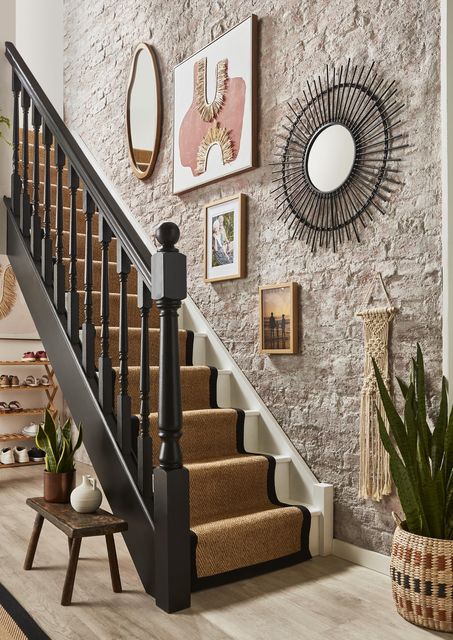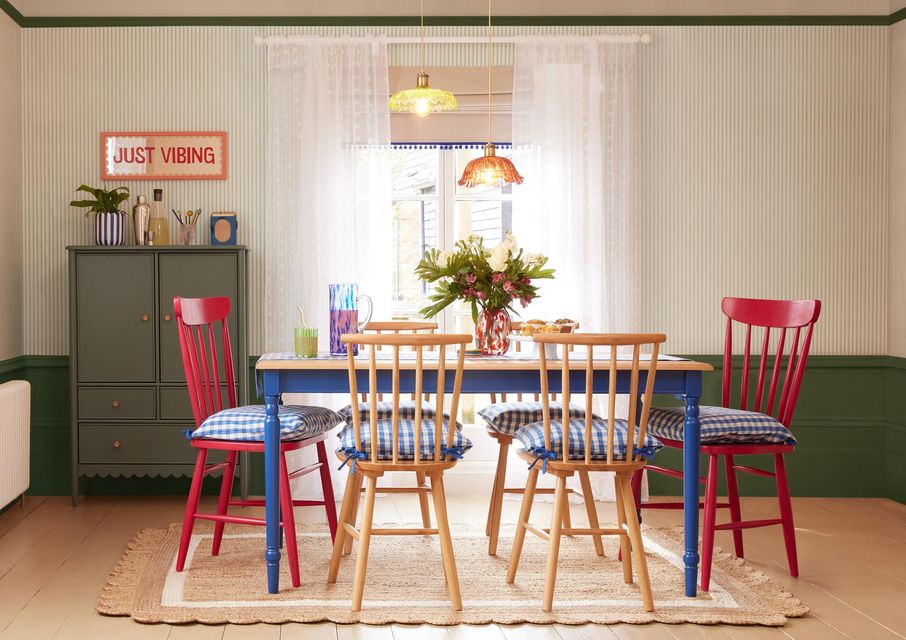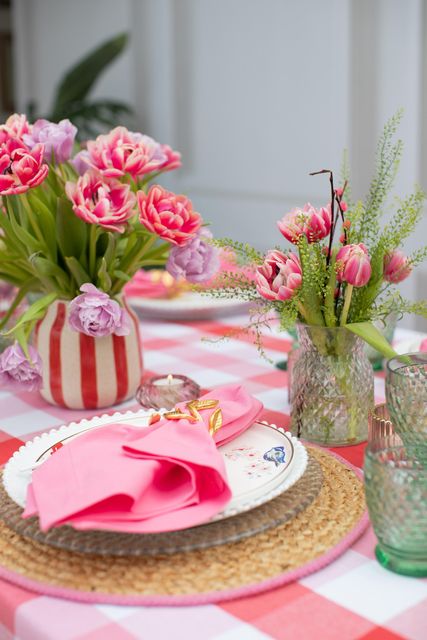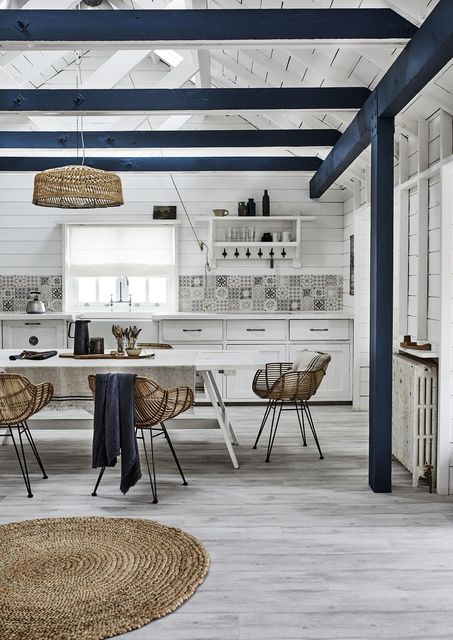Hard-wearing and eco-friendly, this material goes with just about everything — just don’t drop your porridge on it
It comes in the form of woven floor rugs, poufs, lampshades, storage baskets and table mats. Jute has a rough and ready aesthetic and its unevenness is pleasing to the eye.
It rates high on sustainability and goes with pretty much anything. Also, it’s relatively cheap.
Historically, jute was known as “the golden fibre”, partly because of its colour but also because there was once a great deal of money to be made from jute.
Its main purpose was packaging. Until plastic became ubiquitous, almost everything that was transported came in sacks made of jute (also called hessian, burlap, or gunny sack).
Jute is woven from the stems of corchorus plants, which grow best in Bangladesh and West Bengal. It was traditionally used to make rope, twine, and coarse handspun fabric but, until the 19th century, it couldn’t be mass produced.
Then, someone in the Scottish whaling port of Dundee discovered that dipping jute in whale oil made it suitable for factory production.
An unlikely industry was born and, by 1850, Dundee was the world’s largest manufacturer of jute. A few entrepreneurs, known as the “jute barons”, became rich on the fibre grown by the poor of Bangladesh, woven by the poor of Dundee, and lubricated with the rendered blubber of unfortunate whales.
“Jute is a very versatile material,” says Laura O’Keefe of EZ Living Interiors.
“We mainly use it in rugs. They’re designed in Ireland by our team in Cork and handwoven in India. It’s a cost-effective material because of its years of usage.
” You can change everything around it but the foundation stays the same. Jute rugs are good for high traffic areas and you can put furniture on them without worrying about wear and tear.”
Interior by Dunelm with jute stair runner
While jute is a hard-wearing material, it will absorb moisture and is better suited to bedrooms and living rooms than places where it might get wet.
Spilled water can stain jute rugs. Flat-woven rugs are easier to clean than heavily textured weaves as domestic debris gets caught in the fibres.
Semi-liquid spillage like porridge (or worse) can be particularly hard to clean. Those with babies or pets take note. On the sustainability side, jute is relatively eco-friendly. It’s biodegradable, can be grown with few chemicals, and tends not to trigger allergies.
Jute rug from Dunelm
O’Keefe has noticed that customers who buy circular jute rugs often purchase more than one to use in the same room. “People are nervous of the idea of layering with prints,” she says.
“It’s easy with jute rugs because they’re never going to clash. I’d suggest using three overlapping round rugs underneath an angular coffee table.”
The Marli round jute rug (from €69 to €249 depending on diameter) is made from a coiled continuous braid. She’s also observed a trend for rectangular jute rugs in larger sizes (typically 200 x 300 cm).
Tablescape with jute placemats from The Designed Table
Both the braided Shilo jute rug and the two-tone Evet, a reversible flat-weave rug in cotton and jute, cost between €169 and €399 depending on size.
Because variation in texture is hard to communicate in photographs, it’s best to encounter a jute rug in a showroom before purchase.
Some are softer than others. Walk on it without shoes to see how it feels underfoot. If you like to sit on the floor, consider a jute-cotton blend, which is less prickly.
Rug from Dunelm
EZ Living Interiors is a Cork-based brand with 15 shops across Ireland including Belfast, Carlow, Cork, Drogheda, Dublin, Waterford and Wexford.
“I love the texture and warmth that jute brings to a room,” says Louise Johnston, an interior designer based in Ballina, Co Tipperary.
“It’s often used in rugs and or blended with other natural fibres, like cotton and wool, to create textured fabrics for soft-furnishings.
“Its earthy colouring brings a casual touch to a design while also adding a subtle layer of texture which is always important in interior design.”
She suggests balancing the roughness of a jute rug with a sofa in plain fabric, like cotton or linen, or perhaps a leather chair. “Then play with the scale of the texture by introducing some cushions or a textured throw.”
Jute can be used effectively in very small ways. Ikea’s new Mävinn range of crafted objects made by social enterprises includes several jute items: a pendant lampshade (€23); a set of two small baskets with pompom lids (€17); and two-tier hanging basket made of banana fibre and jute (€19). Any of these add a fibrous homespun texture to an ensemble.
Jute Natural Circle Rug from Carpetright
Likewise, place mats. Homeware designer and stylist Tara O’Connor is a fan. “Jute is a welcome addition to any dining experience,” she says.
“It works beautifully with tablecloths and napkins.” Her range for The Designed Table includes a rainbow collection of six round placemats (38cm diameter), each made of a coiled jute braid with a cotton rim in natural, pink, yellow, blue, green or navy.
They can be ordered singly (€12 each) or in a rainbow collection of six (€60). “I love to layer them on top of cotton tablecloths, though they also stand out on a plain dinner table.”
Happy Pride!
See ezliving-interiors.ie, louisejohnstondesign.com, and thedesignedtable.com.





